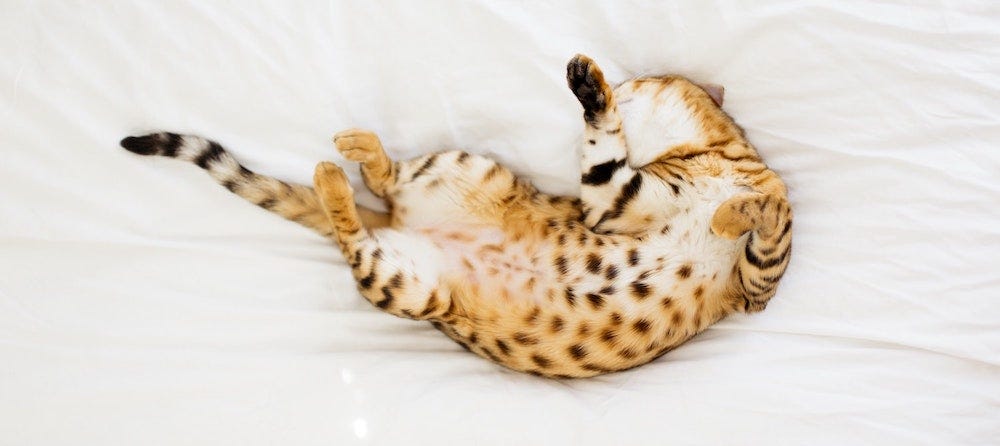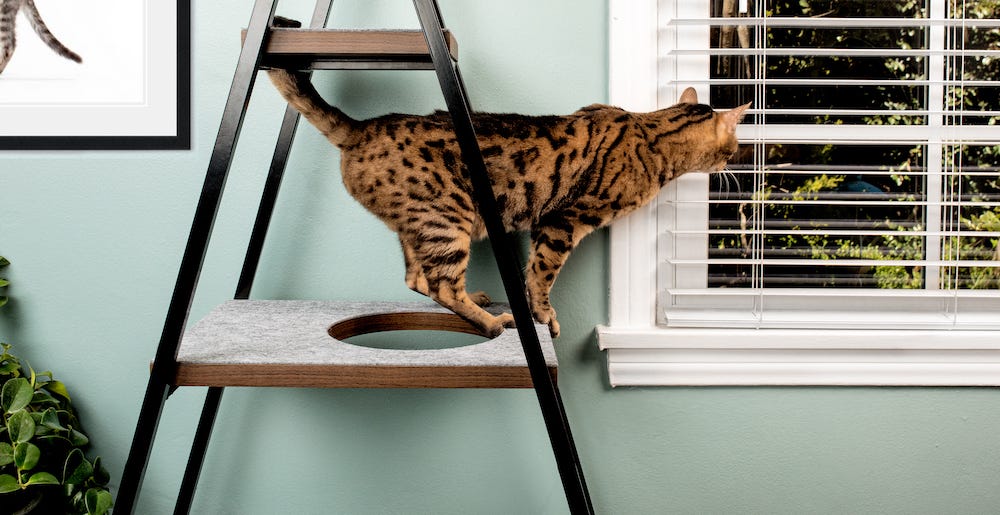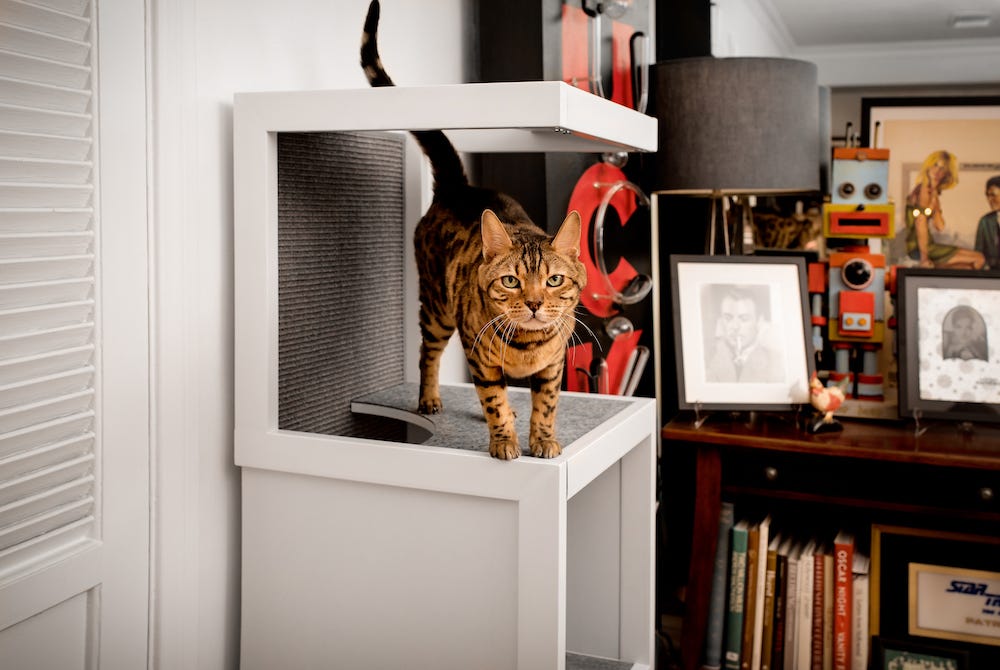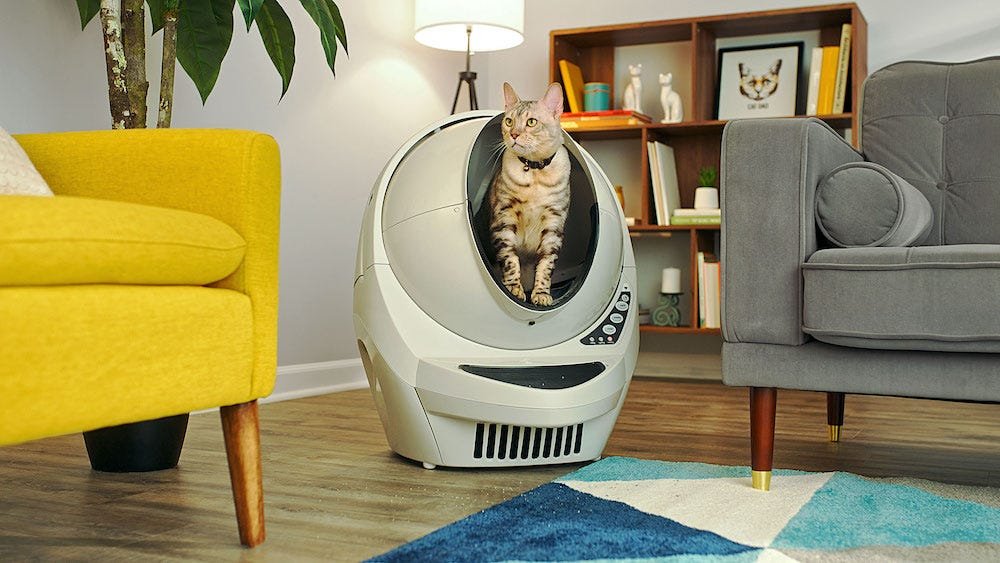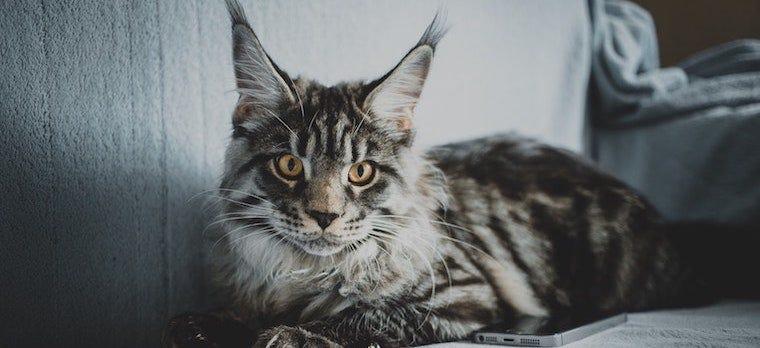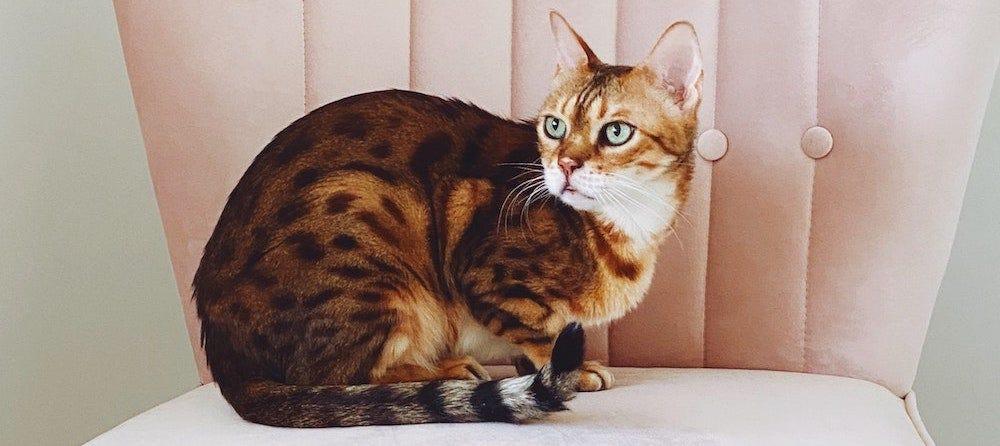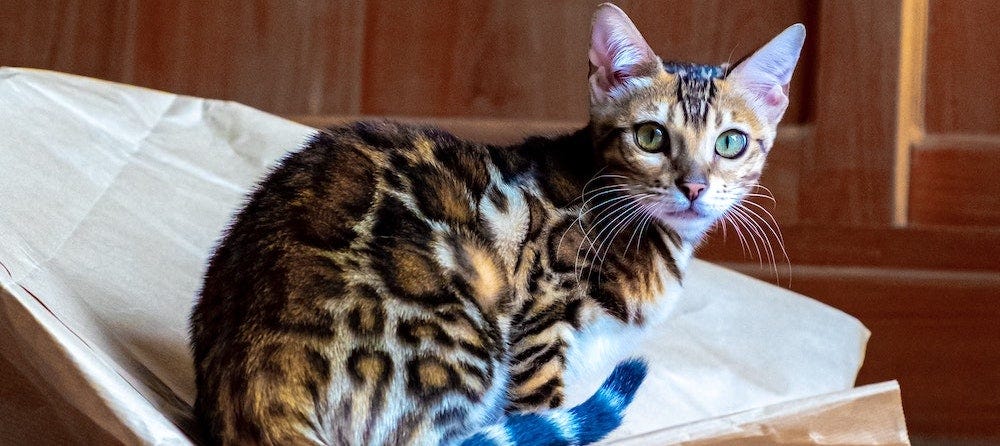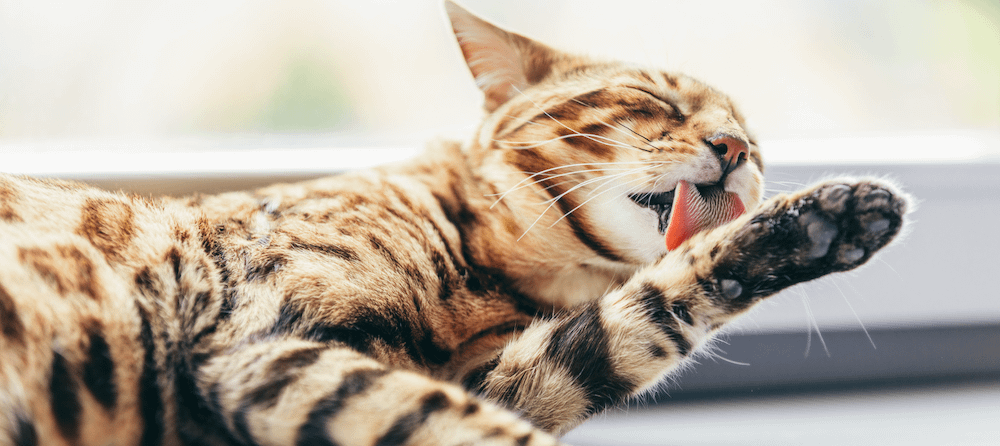Pet parenthood journeys usually differ depending on whether you have cats or dogs. Dog parents are more apt to consider the needs specific to their pet's breed—for example, caring for a German Shepard versus a Chihuahua varies wildly on many levels, ranging from space requirements and appetites to what goes into their individual training.
But enough about that other four-legged family member—we’re here to talk about cats. Today, we’ll be identifying one particular breed: The Bengal cat.
The Bengal cat is a fascinating animal that many pet parents are familiar with, especially because they're often compared to dogs. Read on to learn about how big Bengal cats get and other physical characteristics. Plus, we’ll go over training techniques for this breed and how to best care for them.
Whether you are thinking about welcoming a Bengal into your life or are a veteran fan of this breed, let’s discuss everything there is to know about this lovely spotted creature.
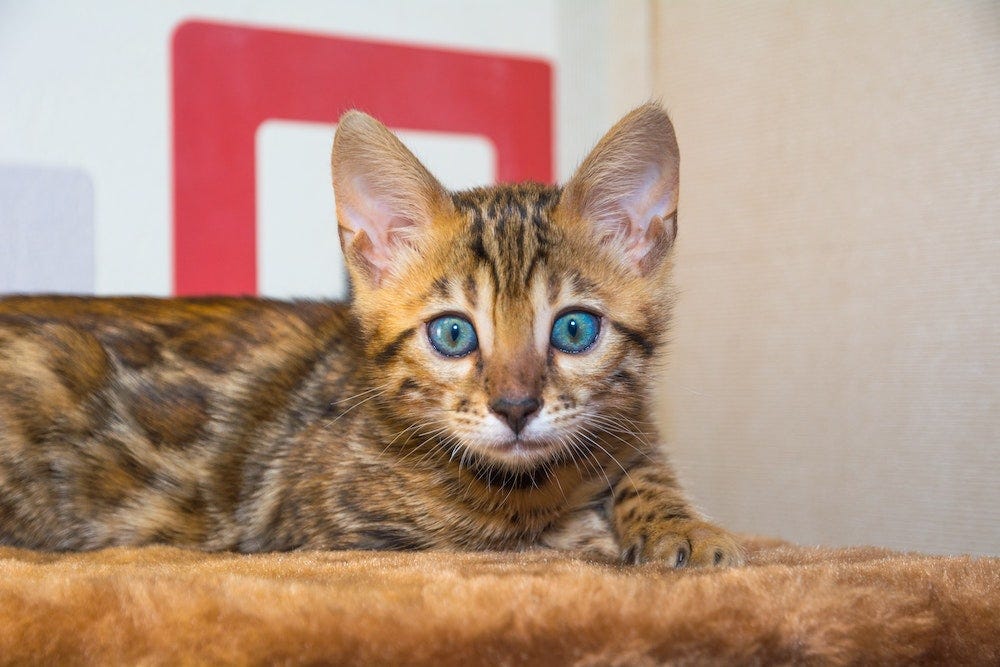
History of the Bengal cat
California breeder Jean Mill was the first person to document the Bengal cat. She crossbred a Domestic Shorthair with an Asian leopard cat in 1963 and thus began the species that we know today.
Although Asian leopard cats are roughly the size of domesticated cats, they are wild animals. Some of these wild traits carried over to the modern Bengal, but this breed is fully domesticated and safe to have as a pet!
Compared to other domesticated cat breeds, the Bengal is fairly young.
What do Bengal cats look like?
Appearance
Bengal cats are a unique mix of a Domestic Shorthair and the Asian leopard cat. Though Domestic Shorthairs come in a wide range of colors and patterns, breeder Jean Mill relied on a black Domestic Shorthair for her creation. On the other hand, the Asian leopard cat is distinctly spotted.
With her background in genetics from UC Davis, Mill also bred a unique mix of an Egyptian Mau and Asian leopard cat, creating leopardettes very similar in appearance to the Bengal.
Bengal cats are instantly recognizable for their gorgeous spotted coats. These pretty kitties showcase a range of spot pigments, from golden brown to rusted orange, while other Bengal cats flaunt ivory and buff coats. It’s a non-stop fashion show!
Size
Bengal cats are usually larger than other domesticated felines. These cats weigh between 8 and 18 pounds, with males weighing more than females. Their height is typically around 13 to 16 inches tall. However, some male Bengals can grow to 16+ inches tall (prime candidates for cat basketball) and weigh up to 22 pounds!
Bengals tend to maintain their physical fitness more so than other domesticated cats because they love to romp and play. When these cats reach maturity, they develop muscular toned bodies with a sleek appearance.
These cats will grow until they’re 18 months to 2 years old. Keep in mind that all kitties, including Bengals, are unique. Some might grow into their 3rd birthday.
Behavior
Bengal cats tend to reach full behavioral maturity by 2 years of age, or when they are fully grown. Even though they don’t sprout acne and back-talk their parents like human teens, you’ll probably know when they enter adulthood.
Some Bengals are lifelong kittens and are lively adults that require a lot of attention and care. They have a sense of play their entire lives (12 to 16 years or longer). So pull out that rechargeable laser pointer because “bouncing off the walls” is not just a turn of phrase when it comes to these energetic felines!
A Bengal walks into the room and automatically makes a splash—sometimes right into their water bowl! These cats are obsessed with water. Many Bengal pet parents note how much their pets love their pool, fountain, or pond. Bengal cats will even follow their pet parents into the shower or lounge around the tub if they’re taking a bath. Adorable.
Bengals are excellent climbers too, so prepare to be impressed as they launch up to their cat tower.
Like dogs, these cats love to play fetch and watch birds. Bengal cats are very active hunters, thanks to their wild ancestors. As a result of this energy, if you or your family are thinking about introducing a Bengal into your lives, make sure you have plenty of time to dote on your new feline friend.
This is an especially great cat if you work from home. But keep in mind that your coworkers might end up seeing a lot of your Bengal on Zoom calls (to everyone's delight!).
Bengal cats in the classroom: training
Intelligence
We’re not biased—it’s true that Bengal cats tend to be at the top of the intelligence spectrum compared to other felines! Their activities and behaviors consist of fetching, playing outside, and needing human attention, which is often compared to dogs. This similarity is good news when it comes to training these animals to coexist in your home.
Like dogs, cats require physical and mental stimulation. A lack of either can lead to destructive behaviors. Training will also help strengthen the bond that cat parents can form with their loving Bengals.
Training methods
With all training, positive reinforcement is the best way to introduce routines and behaviors. Treats associated with clicker training are among the most effective methods that pet parents can draw upon.
This is a form of classical conditioning. Most domesticated cats might not understand how clicker training works. It’s true that clicker training is commonly seen with dogs, but Bengals are kind of like the honor students of the feline species.
When your cat does something positive (i.e., sits down when you tell them to sit), you as the trainer should use the clicker and follow up by giving them a treat as a reward. The eventual goal is for your Bengal cat to recognize that when they perform the action as instructed, it will positively benefit them.
While training a Bengal cat, it’s also important not to expose your animal to lengthy sessions. Like dogs, they do not have a very long attention span. Instruct your Bengal cat on how to do one small action at a time, in short incremented windows, so that they can pick it up without overlapping their ideas.
Litter box training
Luckily, litter box training most cats is a fairly easy process. Cats are naturally inclined to want to use litter boxes. Bengal cats, aka the teacher’s pets (literally), are going to have no trouble at all.
One of the main reasons cats don’t like using their litter boxes is because their boxes aren’t regularly cleaned. If you’re looking for a better alternative to the traditional litter box for your Bengal cat, explore a self-cleaning litter box like Litter-Robot.
This top-rated self-cleaning litter box provides an always-clean bed of litter for your cats. Litter-Robot has no weight limit, so your Bengal will fit comfortably. This litter box can also accommodate multiple cats, which is key for the very social Bengals that love to have some feline siblings hanging about.
With a sleek, technologically innovative design, Litter-Robot will detect when your cat has gone to the bathroom, then sift the clean litter and dispense your cat’s waste into a fully enclosed drawer. Science fiction? Nope. Just science (and maybe magic). Litter-Robot comes in two colors to match any home decor (or your kitten’s stunning spotted coat).
Pet parents will never have to scoop litter again—Litter-Robot takes care of everything for you and your beloved pets.
To make matters even easier, Litter-Robot has an app that allows you monitor the litter box status, such as when it needs to be emptied and more. Plus, it allows you to track your cat’s usage habits.
Wild times
There’s an idiom about how a leopard can’t change their spots. When it comes to Bengal cats, we’re glad their spots are here to stay! With their spirited personalities, cuddly presence, and beautiful features, we just can't get enough of them! (Or enough of rubbing their fluffy bellies, even if they try to nibble at our fingers.)
Bengal cats can help transform any house into a home. Whether they are waiting on top of the cupboard to jump down and surprise us, or playing fetch in a way that impresses the neighbor’s Golden Retriever, Bengals are almost too good to be true.
Sources:
- Here's a Breed of Leopard That Can Roam in Home | Los Angeles Times
- Pictures and Facts About Bengal Cats and Kittens | The Spruce
- How to Train a Bengal Cat? | Animal Path
Photo credits:
- Paul Hanaoka via Unsplash
- Bermix Studio via Unsplash
